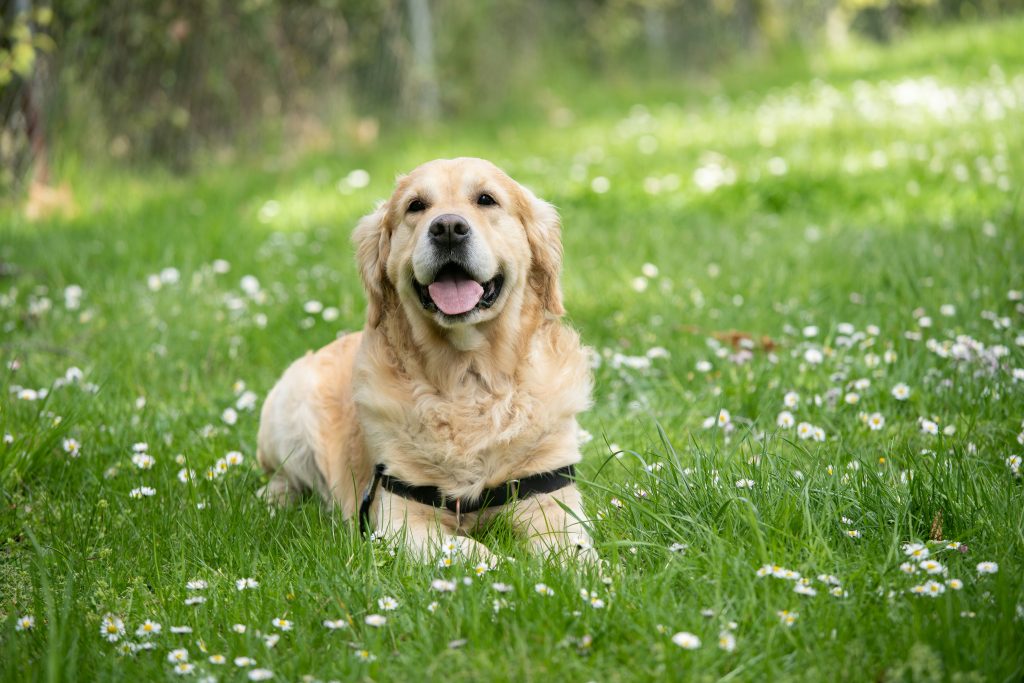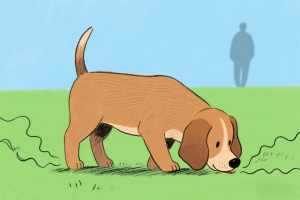Dogs don’t have the same abstract or precise sense of time that humans do — for example, they don’t understand “It’s 3 PM” or “I need to wait one more hour.”However, they do possess a remarkable ability to perceive time and are surprisingly aware of its passing.
-
Dogs Have a Powerful Internal Clock
Circadian rhythm: Dogs are very aware of the difference between day and night, and their activity patterns adjust accordingly.Daily routines and habits: This is the core way dogs perceive time. They “mark” time through repeated events:Physiological needs: They roughly know when it’s time to eat (feeling hungry) or go outside to relieve themselves.Owner’s routines: Dogs remember approximately what time you wake up, leave for work, come home, take them for a walk, and go to bed. They can link these events with environmental cues, like changes in light, sounds, or your specific actions. This is why many dogs are already waiting by the door or window before their owners come home from work.
-
Event Association and Anticipation
Dogs are excellent at associating specific events with specific times. For example, if you always take your dog for a walk after putting on your shoes in the morning, it will recognize that cue and get ready — even if it’s not exactly that time.They can anticipate routine events. For instance, if you feed your dog every day at 5 PM, it may start pacing around you, showing excitement or nudging you as that time approaches.

-
Dogs’ Perception of Time Passing
Short intervals: Research shows that dogs can perceive relatively short time spans — from a few minutes to several tens of minutes. They can tell the difference between you leaving the room for 5 minutes versus 1 hour, which is especially noticeable in behaviors linked to separation anxiety.Long intervals: For longer periods — days or weeks — their perception becomes more approximate. Dogs mainly rely on the frequency and spacing of events to sense whether something “happened a long time ago” or “just happened,” but they cannot measure time precisely.Waiting time: Dogs can sense how long they’ve been waiting. The longer they wait, the more restless or excited they may become — depending on what they’re waiting for. However, their ability to judge absolute durations (like 5 minutes versus 15 minutes) is much less precise than humans.
Dogs don’t have an abstract concept of “hours” or “minutes.” Instead, they possess a highly developed “event-based sense of time.”They perceive the passage of time and anticipate future events through a combination of biological rhythms, daily routines, environmental cues (light, sounds, smells), physiological states (hunger, need to relieve themselves), and strong associations with specific events (like their owner’s activities).Dogs can sense the length of time intervals, especially relatively short periods and events closely related to them — such as their owner leaving or returning, mealtime, or walks. However, their ability to judge absolute, long-duration time is limited.So, if you ask, “Does my dog know it’s 3 PM?” the answer is no. But if you ask, “Does my dog know it’s almost time for a meal, a walk, or for you to come home?” the answer is usually yes!By keenly picking up on patterns and cues, dogs develop their own unique and effective sense of time, tailored perfectly to their daily lives and routines.





